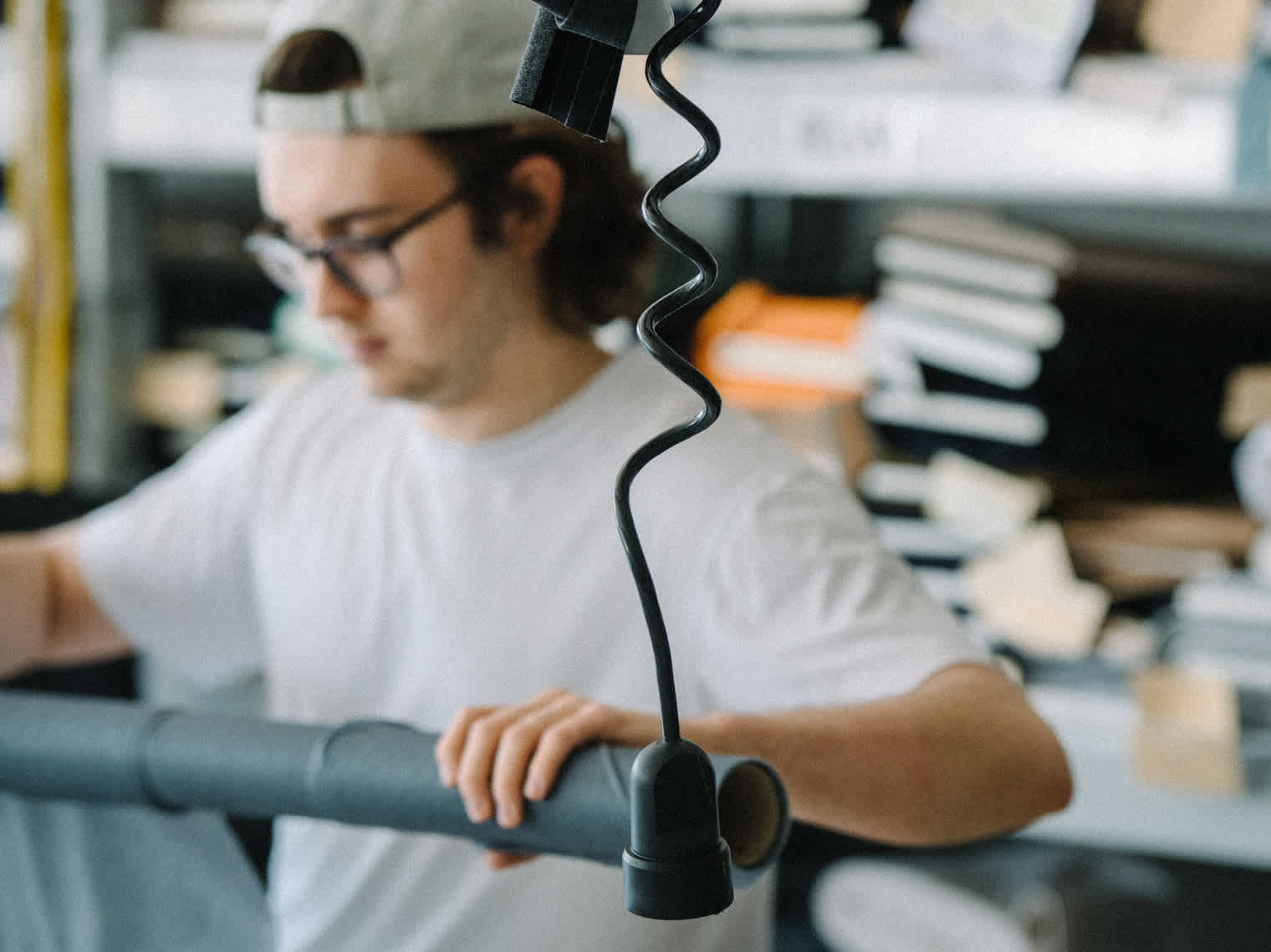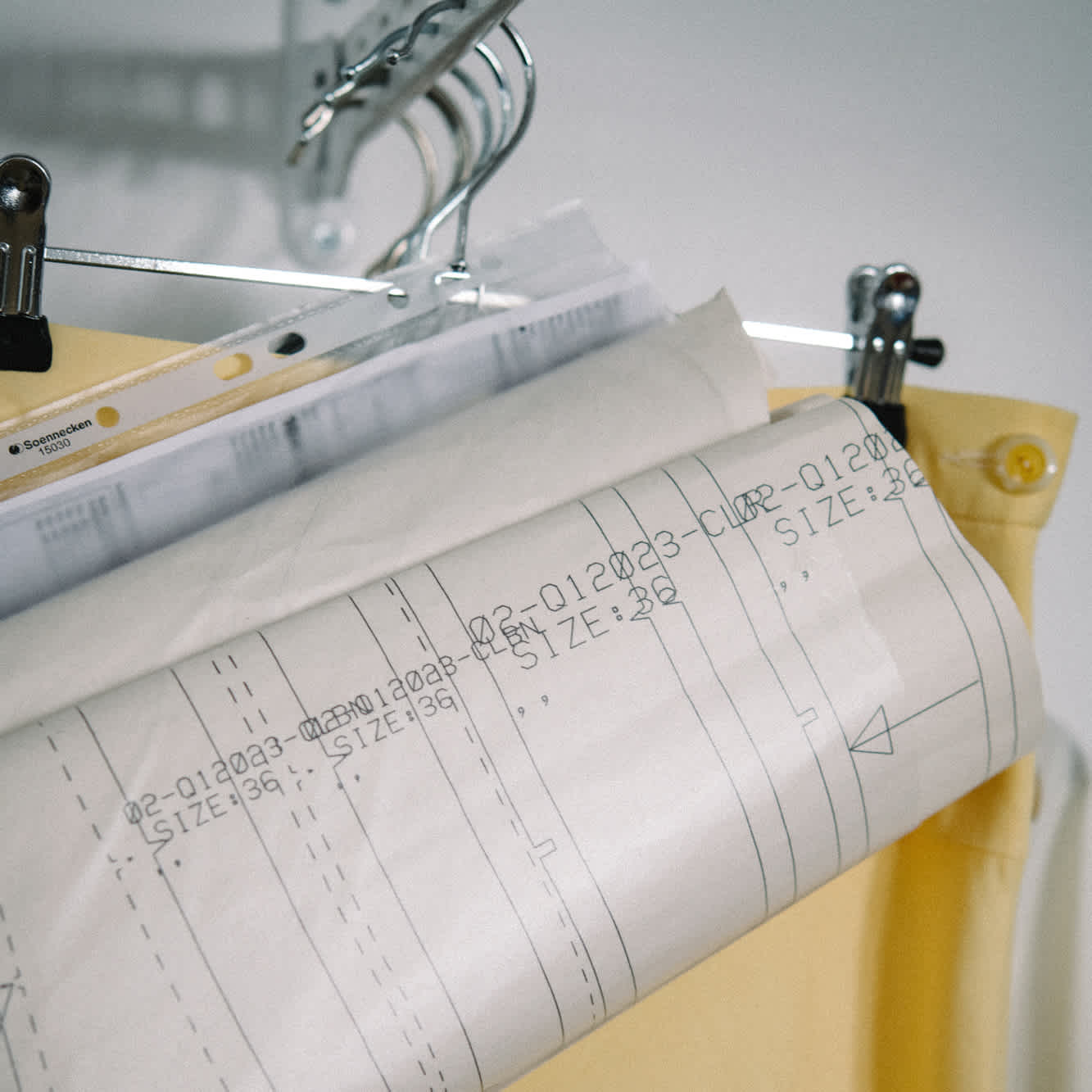Thinking about Tomorrow Today

Our goal is to make the sustainability of a product, including the packaging, something that can be measured and seen. We still have a long way to go to achieve this. The idea of a circular economy is our focus in implementing the challenge of making products more sustainable. That’s why we’ve divided our aims into the areas of: MAKE, USE, RECOVER.

From the Cotton Field to the Coat Hanger
Making a more sustainable product starts with the design and the choice of materials. In order to identify and minimize the risks to human rights and the environment, we carry out comprehensive risk and background analyses. The most recent analysis was performed at the end of 2021 to identify and prioritize significant social, environmental, and economic risks. On the basis of this analysis, we formulated specific aims and measures for the S.OLIVER GROUP and its individual brands. In order to ensure that our products also meet the defined sustainability criteria, we implement recognized standards and certifications.
We monitor our progress in achieving these goals as well as the effectiveness of our measures at regular intervals and make changes where required. In the mid-term we want 100% of our cotton used for outer fabric to be obtained from sustainable sources and increase the percentage of recycled polyester fibers to 75%.
From Purchase to Everyday Wear
We offer fashion for all situations in life. Accordingly, we pay particular attention to the quality and durability of our products. By performing ongoing inspections during development and regular spot checks before the finished product is delivered, we monitor, among other things, color fastness, fit, workmanship, and other quality characteristics. After purchase, the most important thing is to care for the product correctly.


Because the Perfect Shape Is a Circle
Unfortunately, the textile industry in known for producing large amounts of waste along its value chain, putting strain on the environment in the process. But waste is not only produced in the value chain, but also in company offices and at the point of sale.
That’s why it is high time to move away from a linear business model, defined by disposing of and destroying waste, and to close the circle. In a circular business model, materials that are no longer needed are not simply thrown away but are sent to be recycled – ideally even being fed back into the company’s own production processes.